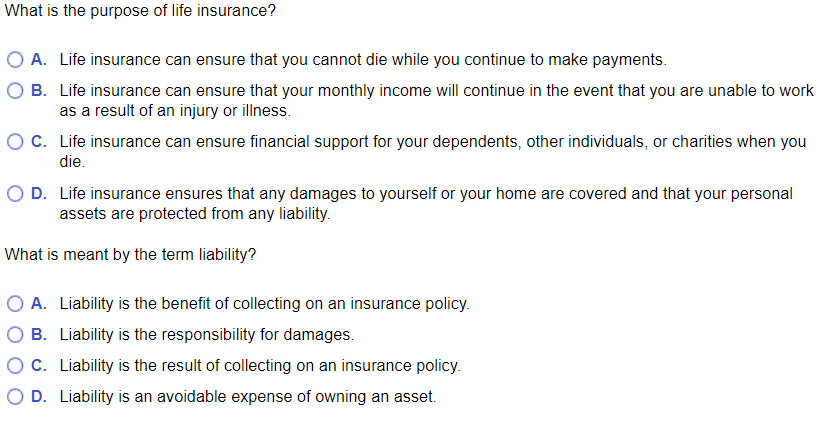Little Known Questions About Pacific Prime.

This decline of virtually 2 million in the number of people 'without insurance coverage (a decrease of about 4 percent) is absolutely a positive modification. With a softer economic situation in 2000 the current reported gains in insurance coverage might not continue (Fronstin, 2001) (international travel insurance). The decrease in the number of uninsured will certainly not proceed if the economic climate continues to be slow and health and wellness treatment costs proceed to surpass rising cost of living
This is since the information were gathered for a duration of strong economic efficiency. Of the estimated 42 million individuals who were uninsured, all yet about 420,000 (regarding 1 percent) were under 65 years of age, the age at which most Americans come to be eligible for Medicare; 32 million were grownups in between ages 18 and 65, about 19 percent of all grownups in this age; and 10 million were youngsters under 18 years old, regarding 13.9 percent of all children (Mills, 2000).
These quotes of the variety of persons uninsured are created from the yearly March Supplement to the Current Populace Survey (CPS), performed by the Census Bureau. Unless or else kept in mind, nationwide quotes of people without health and wellness insurance and percentages of the populace with different kinds of protection are based on the CPS, one of the most extensively used source of price quotes of insurance policy protection and uninsurance prices.
The Definitive Guide for Pacific Prime

Still, the CPS is especially helpful due to the fact that it creates yearly price quotes reasonably quickly, reporting the previous year's insurance protection estimates each September, and since it is the basis for a constant set of quotes for greater than two decades, permitting for evaluation of trends in protection in time. For these factors, as well as the substantial use the CPS in various other research studies of insurance coverage that are provided in this report, we rely upon CPS estimates, with restrictions noted.

The estimate of the number of uninsured people increases when a populace's insurance condition is tracked for several years. Over a three-year period starting early in 1993, 72 million people, 29 percent of the united state population, lacked protection for a minimum of one month. Within a single year (1994 ), 53 million individuals experienced at the very least a month without protection (Bennefield, 1998a)
Six out of every ten uninsured adults are themselves employed. Working does improve the likelihood that one and one's family participants will certainly have insurance policy, it is not an assurance. Also members of family members with two full-time breadwinner have nearly a one-in-ten chance of being without insurance (9.1 percent uninsured rate) (Hoffman and Pohl, 2000).
Pacific Prime Fundamentals Explained
New immigrants account for a considerable percentage of individuals without medical insurance. One analysis has actually connected a significant part of the current development in the size of the U.S. without insurance populace to immigrants who arrived in the nation in between 1994 and 1998 (Camarota and Edwards, 2000). Recent immigrants (those that came to the United States within the past 4 years) do have a high price of being uninsured (46 percent), but they and their kids represent just 6 percent of those without insurance policy nationally (Holahan et al., 2001).
The partnership in between medical insurance and access to care is well established, as documented later on in this chapter. Although the relationship in between medical insurance and wellness end results look at this now is neither direct nor easy, a substantial professional and health services research study literary works links health insurance policy coverage to enhanced access to care, far better top quality, and enhanced personal and population health and wellness standing.
Levels of evaluation for examining the results of uninsurance. This conversation of health and wellness insurance protection concentrates largely on the U.S. populace under age 65 since essentially all Americans 65 and older have Medicare or various other public coverage. Additionally, it focuses particularly on those without any wellness insurance policy for any type of length of time.
Not known Incorrect Statements About Pacific Prime
The issues dealt with by the underinsured are in some areas similar to those dealt with by the uninsured, although they are generally less severe. Wellness insurance coverage, nevertheless, is neither essential nor adequate to obtain access to medical services. The independent and direct impact of health insurance coverage on accessibility to health and wellness solutions is well developed.
Others will certainly get the health and wellness treatment they require even without health and wellness insurance coverage, by paying for it out of pocket or seeking it from providers that use care totally free or at extremely subsidized prices. For still others, medical insurance alone does not ensure invoice of care as a result of various other nonfinancial obstacles, such as an absence of healthcare carriers in their area, limited access to transportation, illiteracy, or linguistic and social distinctions.
The Definitive Guide for Pacific Prime
Official study about uninsured populations in the USA dates to the late 1920s and early 1930s when the Committee on the Cost of Healthcare created a series of records concerning funding doctor workplace visits and hospitalizations. This issue ended up being prominent as the numbers of medically indigent climbed up during the Great Anxiety.
Comments on “The Only Guide to Pacific Prime”